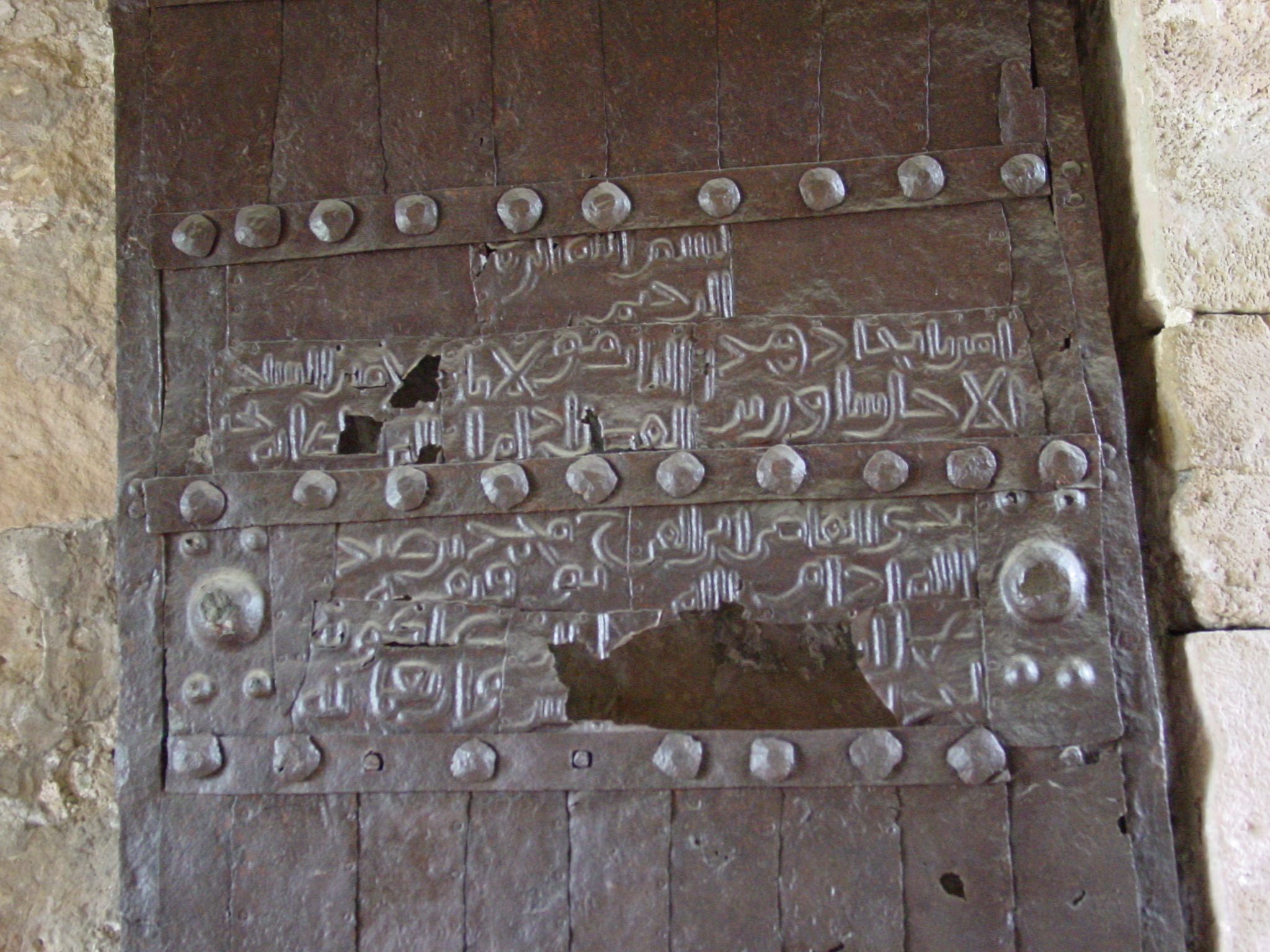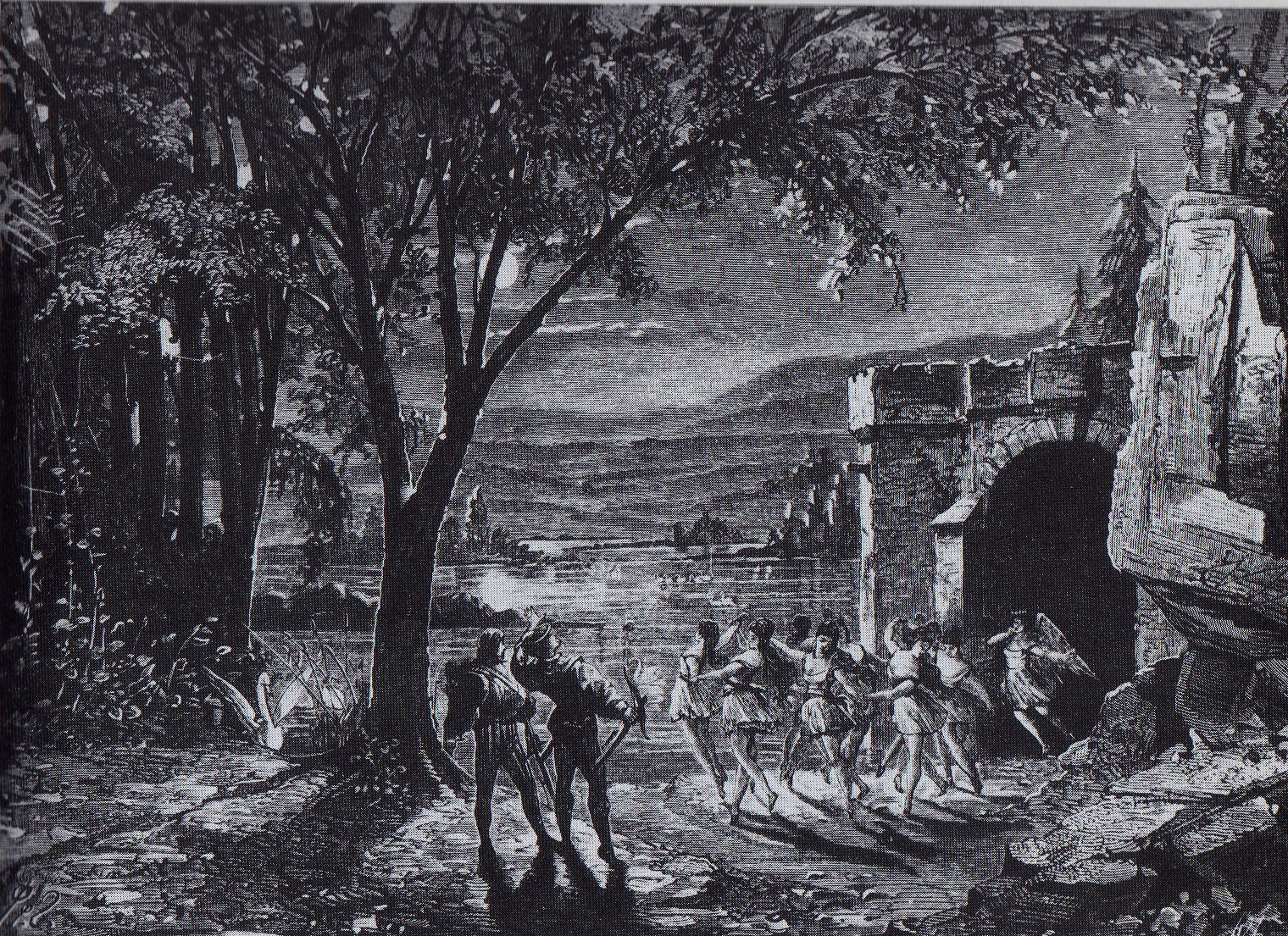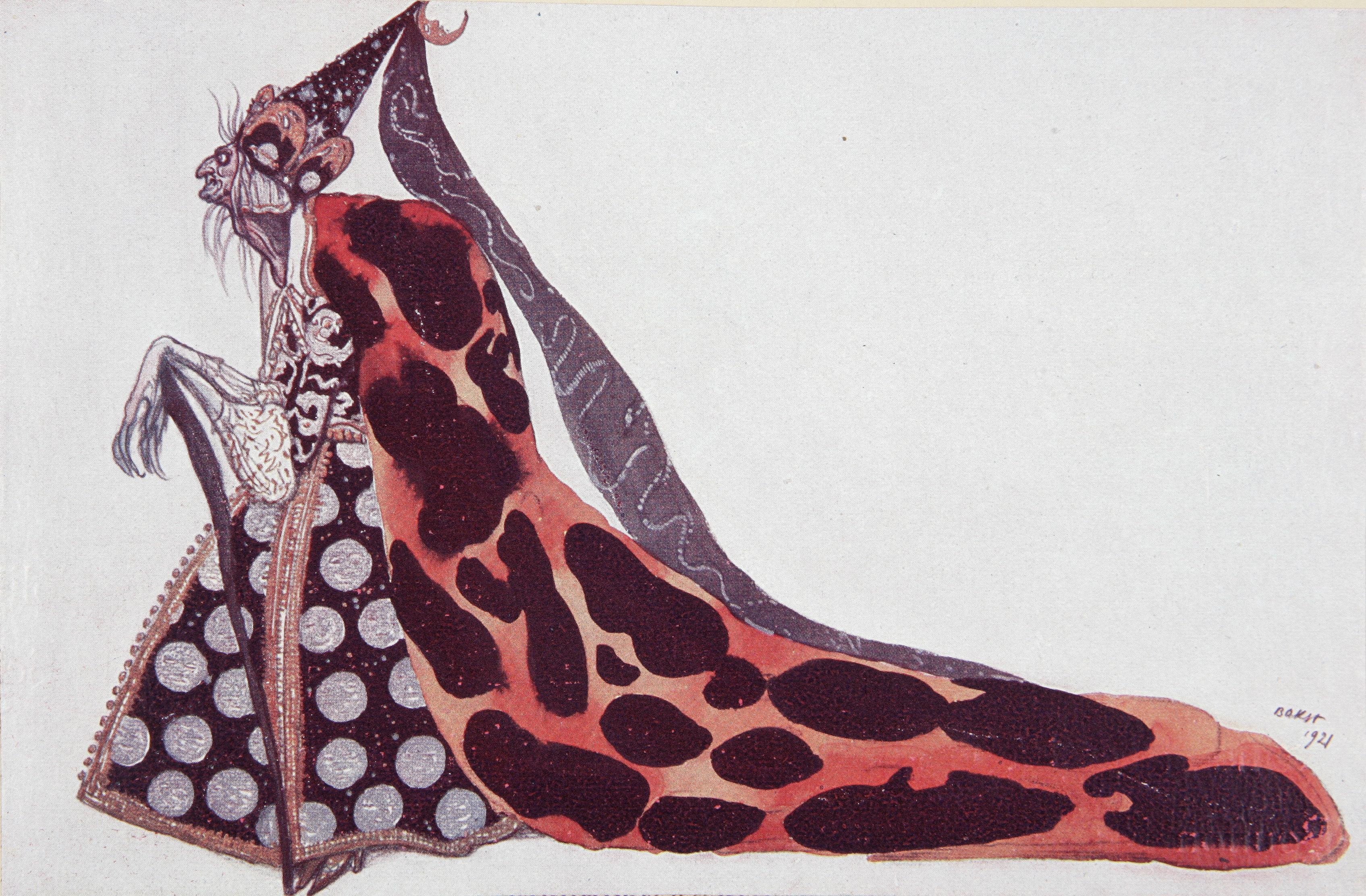|
Magsud Mammadov
Magsud Davud oghlu Mammadov (, born 30 May 1929) is a Soviet and Azerbaijanis, Azerbaijani ballet dancer and ballet master. People's Artiste of the Azerbaijan SSR (1970). Biography Magsud Mammadov was born on 30 May 1929 in Ganja, Azerbaijan, Ganja. In 1950, he graduated from Moscow State Academy of Choreography, The Bolshoi Theatre Ballet School (Nikolay Tarasov's class). After returning to Baku, he worked as a soloist at the Azerbaijan State Academic Opera and Ballet Theater, Azerbaijan State Opera and Ballet Theater since 1951. Magsud Mammadov performed complex particles both in Azerbaijani ballets and world classics with great success. The basis of the artist's creativity is the performance of the characters of Polad ("Maiden Tower (ballet), Maiden Tower", Afrasiyab Badalbeyli), Manzar, Lenny ("Seven Beauties (ballet), Seven Beauties" and "The Path of Thunder (ballet), The Path of Thunder", Gara Garayev), Farhad ("Love legend", Arif Malikov), Azad ("Gulshan", Soltan Hajibe ... [...More Info...] [...Related Items...] OR: [Wikipedia] [Google] [Baidu] |
Ganja, Azerbaijan
Ganja (; ) is Azerbaijan's List of cities in Azerbaijan, third largest city, with a population of around 335,600.Azərbaycan Respublikası. — 2. Azərbaycan Respublikasının iqtisadi və inzibati rayonları. — 2.4. Azərbaycan Respublikasının iqtisadi və inzibati rayonlarının ərazisi, əhalisinin sayı və sıxlığı, səhifə 66. /Azərbaycanın əhalisi (statistik bülleten) Müəllifi: State Statistics Committee, Azərbaycan Respublikasının Dövlət Statistika Komitəsi. Buraxılışa məsul şəxs: Rza Allahverdiyev. Bakı — 2015, 134 səhifə. The city has been a historic and cultural center throughout most of its existence. It was the capital of the Ganja Khanate until 1804; after Qajar Iran ceded it to the Russian Empire following the Treaty of Gulistan in 1813, it became part of the administrative divisions of the Georgia Governorate, Georgia-Imeretia Governorate, Tiflis Governorate, and Elizavetpol Governorate. Following the dissolution of the Russian Emp ... [...More Info...] [...Related Items...] OR: [Wikipedia] [Google] [Baidu] |
Azerbaijan State Academic Opera And Ballet Theater
The Azerbaijan State Academic Opera and Ballet Theater () is an opera house in Baku, Azerbaijan. Formerly known as the Mailov Theatre (), was built in 1911 by Armenian architect Nikolai Bayev.Opera in Azerbaijan by Azer Rezayev. ''Azerbaijan International''. #5.4. Winter 1997 History The theatre was built at the request of magnate Daniel Mailov and funded by magnate Zeynalabdin Taghiyev. In 1910, famous n |
The Nutcracker
''The Nutcracker'' (, ), Opus number, Op. 71, is an 1892 two-act classical ballet (conceived as a '; ) by Pyotr Ilyich Tchaikovsky, set on Christmas Eve at the foot of a Christmas tree in a child's imagination featuring a Nutcracker doll. The plot is an adaptation of Alexandre Dumas's 1844 short story ''The Nutcracker'', itself a retelling of E. T. A. Hoffmann's 1816 short story ''The Nutcracker and the Mouse King''. The ballet's first choreographer was Marius Petipa, with whom Tchaikovsky had worked three years earlier on ''The Sleeping Beauty'', assisted by Lev Ivanov. Although the complete and staged ''The Nutcracker'' ballet was not initially as successful as the 20-minute ''Nutcracker Suite'' that Tchaikovsky had premiered nine months earlier, it became popular in later years. Since the late 1960s, ''The Nutcracker'' has been danced by many ballet companies, especially in North America. Major American ballet companies generate around 40% of their annual ticket ... [...More Info...] [...Related Items...] OR: [Wikipedia] [Google] [Baidu] |
Swan Lake
''Swan Lake'' ( rus, Лебеди́ное о́зеро, r=Lebedínoje ózero, p=lʲɪbʲɪˈdʲinəjə ˈozʲɪrə, links=no ), Op. 20, is a ballet composed by Russian composer Pyotr Ilyich Tchaikovsky in 1875–76. Despite its initial failure, it is now one of the most popular ballets of all time. The scenario, initially in two acts, was fashioned from Russian and German folk tales and tells the story of Odette, a princess turned into a swan by an evil sorcerer's curse. The choreographer of the original production was Julius Reisinger (Václav Reisinger). The ballet was premiered by the Bolshoi Ballet on at the Bolshoi Theatre in Moscow. Although it is presented in many different versions, most ballet companies base their stagings both choreographically and musically on the 1895 revival of Marius Petipa and Lev Ivanov, first staged for the Imperial Ballet on 15 January 1895, at the Mariinsky Theatre in St. Petersburg. For this revival, Tchaikovsky's score was revise ... [...More Info...] [...Related Items...] OR: [Wikipedia] [Google] [Baidu] |
The Sleeping Beauty (ballet)
''The Sleeping Beauty'' ( ) is a ballet in a prologue and three acts to music by Pyotr Ilyich Tchaikovsky, his Opus 66, completed in 1889. It is the second of his three ballets and, at 160 minutes, his second-longest work in any genre. The original scenario was by Ivan Vsevolozhsky after Perrault's '' La belle au bois dormant'', or ''The Beauty Sleeping in the Forest''; the first choreographer was Marius Petipa. The premiere took place at the Mariinsky Theatre in St. Petersburg on January 15, 1890, and from that year forward ''The Sleeping Beauty'' has remained one of the most famous ballets of all time. History Tchaikovsky was approached by the Director of the Imperial Theatres in St. Petersburg, Ivan Vsevolozhsky on 25 May 1888 about a possible ballet adaptation on the subject of the story of '' Undine''. It was later decided that Charles Perrault's '' La Belle au bois dormant'' would be the story for which Tchaikovsky would compose the music for the ballet. Tchaiko ... [...More Info...] [...Related Items...] OR: [Wikipedia] [Google] [Baidu] |
Adolphe Adam
Adolphe Charles Adam (; 24 July 1803 – 3 May 1856) was a French composer, teacher and music critic. A prolific composer for the theatre, he is best known today for his ballets ''Giselle'' (1841) and ''Le corsaire'' (1856), his operas ''Le postillon de Lonjumeau'' (1836) and ''Si j'étais roi'' (1852) and his Christmas carol "Minuit, chrétiens!" (Midnight, Christians, 1847, known in English as "O Holy Night"). Adam was the son of a well-known composer and pianist, but his father did not wish him to pursue a musical career. Adam defied his father, and his many operas and ballets earned him a good living until he lost all his money in 1848 in a disastrous bid to open a new opera house in Paris in competition with the Paris Opéra, Opéra and Opéra-Comique. He recovered, and extended his activities to journalism and teaching. He was appointed as a professor at the Conservatoire de Paris, Paris Conservatoire, France's principal music academy. Together with his older contemporary ... [...More Info...] [...Related Items...] OR: [Wikipedia] [Google] [Baidu] |
Giselle
''Giselle'' ( , ), originally titled ''Giselle, ou les Wilis'' (; ''Giselle, or The Wilis''), is a romantic ballet () in two acts with music by Adolphe Adam. Considered a masterwork in the classical ballet performance canon, it was first performed by the Ballet du Théâtre de l'Académie Royale de Musique at the Salle Le Peletier in Paris on 28 June 1841, with Italian ballerina Carlotta Grisi as Giselle. It was an unqualified triumph. It became hugely popular and was staged at once across Europe, Russia, and the United States. The ghost-filled ballet tells the tragic, romantic story of a beautiful young peasant girl named Giselle and a disguised nobleman named Albrecht, who fall in love, but when his true identity is revealed by his rival, Hilarion, Giselle goes mad and dies of heartbreak. After her death, she is summoned from her grave into the vengeful, deadly sisterhood of the Vila (fairy), Wilis, the ghosts of unmarried women who died after being betrayed by their lovers an ... [...More Info...] [...Related Items...] OR: [Wikipedia] [Google] [Baidu] |
Ashraf Abbasov
Ashraf Jalal oghlu Abbasov (, 23 March 1920–8 February 1992) was an Azerbaijani composer, professor, Honored Art Worker of the Azerbaijan SSR, People's Artist of the Azerbaijan SSR. Biography Ashraf Abbasov was born on March 23, 1920, in Shusha in a poor and large family. After completing classes in 7-year secondary school, he entered the Shusha pedagogical workers faculty and at the same time studied at a music school in the class of Hamza Aliyev, a tar teacher. In 1936, Ashraf came to Baku and was admitted to the composition class of Azerbaijan National Conservatory Music College. He was also included in the orchestra of folk instruments under the direction of famous composer and conductor Said Rustamov to participate in the Decade of Azerbaijani Literature and Art in Moscow during this period. He was drafted into the Red Army in December 1939. In the army, he was a musician in the military brass band of 345th rifle regiment, stationed in Belarus. At the beginning of the Gre ... [...More Info...] [...Related Items...] OR: [Wikipedia] [Google] [Baidu] |
Soltan Hajibeyov
Soltan Ismayil oghlu Hajibeyov (5 May 1919 – 19 September 1974) was an Azerbaijani and Soviet composer. He was awarded the People's Artist of the USSR on 26 July 1973.Bəstəkar S.İ.Hacıbəyova SSRİ xalq artisti fəxri adı verilməsi haqqında SSRİ Ali Soveti Rəyasət Heyətinin 26 iyul 1973-cü il tarixli Fərmanı — anl.az Biography Soltan Hajibeyov was born 5 May 1919 in , . He was[...More Info...] [...Related Items...] OR: [Wikipedia] [Google] [Baidu] |
Arif Malikov
Arif Malikov (also Melikov; Baku, 13 September 1933 – Baku, 9 May 2019) was an Azerbaijani composer. He graduated from the Baku Conservatory as a music composer in 1958. He shot to fame in 1961 when his first major composition " Legend of Love" was staged at the Kirov State Academic Theatre of Opera and Ballet in Leningrad (present day St Petersburg) and received nationwide acclaim. The ballet has been staged in several countries in Europe and is regarded as one of the finest works emerging from the former Soviet Union. The ballet " Legend of Love", is based upon the legend of "Farhad and Shirin", a story of unrequited love that was immortalized by Turkish people, Turkish poet Nazim Hikmet. Malikov went on to write music for two more ballets, including "Yer üzündə iki nəfər (balet)" :az:Yer üzündə iki nəfər (balet), Yer üzündə iki nəfər (balet) ("Dvoe" or "Two") (1967) and "Poem of Two Hearts" (1981), five symphonies & eight symphony poems. He also wrote scores ... [...More Info...] [...Related Items...] OR: [Wikipedia] [Google] [Baidu] |
Gara Garayev
Gara Abulfaz oghlu Garayev (February 5, 1918May 13, 1982) was a prominent Soviet Azerbaijani composer. Garayev wrote nearly 110 musical pieces,Azad Sharifov"Remembering Gara Garayev: A Legend in His Own Time - 80th Jubilee" in Azerbaijan International, Vol. 6:3 (Autumn 1998), pp. 24-32 including ballets, operas, symphonic and chamber pieces, solos for piano, cantatas, songs, and marches, and rose to prominence not only in the Azerbaijan SSR, but also in the rest of the Soviet Union and worldwide. Early life Garayev was born into a family of pediatricians, which was famous in Baku. His mother, Sona, was among the first graduates of the Baku-based school of the Russian Music Society. Garayev's younger brother, Mursal, became a surgeon and Doctor of Medicine. In 1926, at the age of eight, Gara Garayev first entered the junior music school at the Azerbaijan State Conservatoire, currently known as the Baku Music Academy. Due to his musical talents, Garayev was allowed to e ... [...More Info...] [...Related Items...] OR: [Wikipedia] [Google] [Baidu] |
The Path Of Thunder (ballet)
''The Path of Thunder'' is a ballet in three acts with libretto by Yuri Slonimsky, music by Gara Garayev and choreography by Konstantin Sergeyev. Inspired by the 1948 eponymous novel of Peter Abrahams, the ballet tells the story of a forbidden love between a black teacher and a white girl in 1940s Apartheid South Africa. The ballet premiered at the Mariinsky Theatre (called S. M. Kirov Leningrad State Academic Theatre of Opera and Ballet at the time) in Saint Petersburg (Leningrad at that time). Garayev used a soft, melodic music, which turns lyrical and passionate in the love scene, while the conflict with the girl's father and the other whites is accompanied by harsh, dissonant music. The lovers die in the course of conflict, but the people rise up against the racial prejudices towards them, leading themselves to the Path of Thunder, the way of liberation. Many other versions of the ballet have been staged throughout the former Soviet Union, and in 1967 it won the Lenin Prize. ... [...More Info...] [...Related Items...] OR: [Wikipedia] [Google] [Baidu] |






